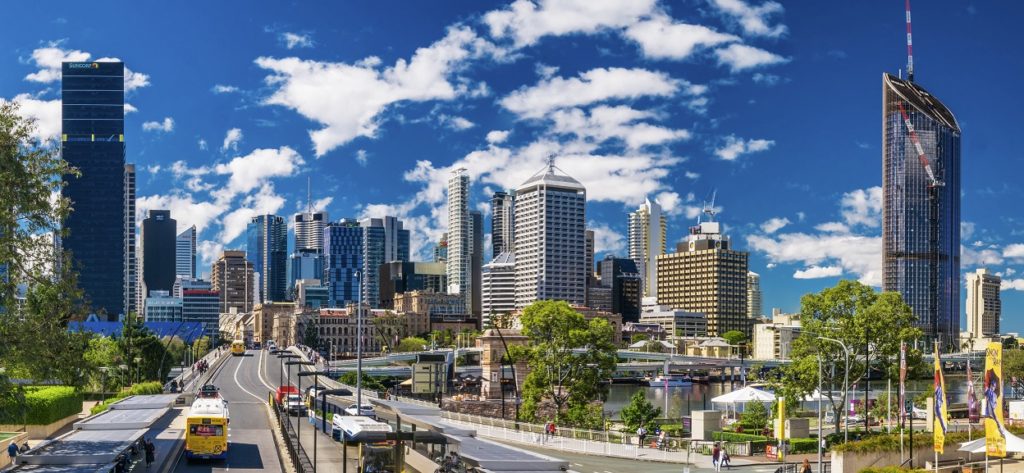
The bus and rapid transit system in Brisbane, Australia, is a vital component of the city’s transportation infrastructure. It plays a crucial role in connecting residents and visitors to various destinations within the city and its surrounding areas. The system is operated by the Brisbane City Council and TransLink, which is responsible for the planning, development, and operation of public transportation services in the region.
The bus system in Brisbane is extensive, with over 800 buses in operation. These buses serve over 150 bus routes, covering the entire city and its surrounding areas. The buses are equipped with modern amenities, such as air conditioning, low-floor access, and real-time information displays. The buses also have wheelchair ramps and designated spaces for people with disabilities, ensuring that the transportation system is accessible to everyone.
The bus system in Brisbane operates on a hub-and-spoke model, with the city center serving as the hub. This model allows for efficient and convenient connections between different bus routes, making it easy for passengers to reach their destination. The buses run at regular intervals, with most routes operating every 15 to 20 minutes during peak hours and every 30 minutes during off-peak hours.
In addition to the bus system, Brisbane also has a rapid transit system known as the Brisbane City Council Busway. This system consists of a dedicated busway that runs through the city center, connecting various destinations, including the central business district, universities, and shopping centers. The busway operates on a separate set of lanes, which are reserved for buses only, providing a faster and more reliable service for passengers.
The busway system in Brisbane consists of three different lines: the South East Busway, the Northern Busway, and the Eastern Busway. The South East Busway is the busiest of the three, connecting the city center to the southeast suburbs. The Northern Busway connects the city center to the northern suburbs, while the Eastern Busway connects the city center to the eastern suburbs.
The rapid transit system in Brisbane is also equipped with modern amenities, such as real-time information displays, CCTV cameras, and automatic fare collection. The buses on the busway are also equipped with low-floor access, making it easy for passengers to board and disembark. The buses on the busway run at regular intervals, with most routes operating every 5 to 10 minutes during peak hours and every 15 minutes during off-peak hours.
The bus and rapid transit system in Brisbane is also connected to other forms of transportation, such as trains and ferries. This allows for seamless connections between different modes of transportation, making it easy for passengers to reach their destination. The bus and rapid transit system in Brisbane is also integrated with the TransLink Go Card, which is an electronic fare collection system that allows passengers to pay for their fares using a contactless card or mobile phone.
The bus and rapid transit system in Brisbane is also environmentally friendly. The buses are equipped with modern technology, such as low-emission engines, which helps to reduce the environmental impact of the transportation system. The busway system also helps to reduce congestion on the city’s roads, which helps to reduce emissions from cars and trucks.
In conclusion, the bus and rapid transit system in Brisbane, Australia, plays a vital role in connecting residents and visitors to various destinations within the city and its surrounding areas. The system is extensive, reliable, and equipped with modern amenities, making it easy for passengers to reach their destination. The busway system is also environmentally friendly and helps to reduce congestion on the city’s roads. The bus and rapid transit system in Brisbane is a vital component of the city’s transportation infrastructure and is an important part of the city’s overall transportation network.
